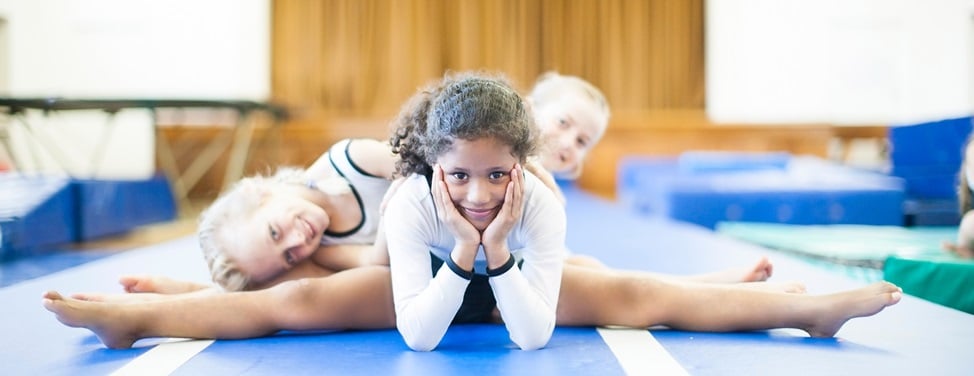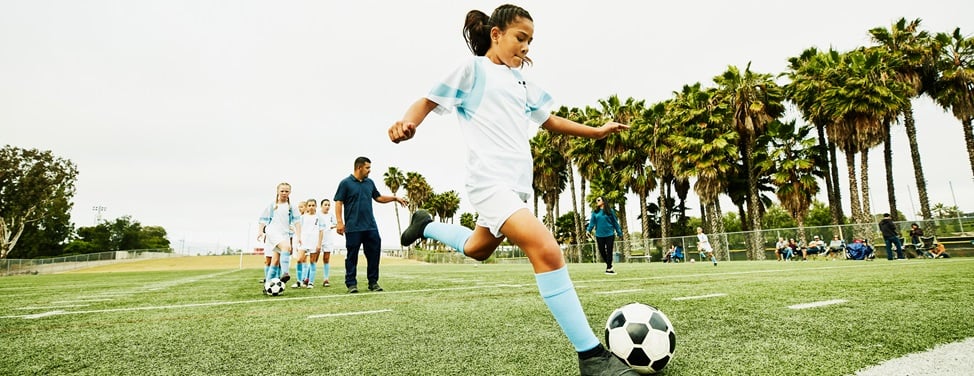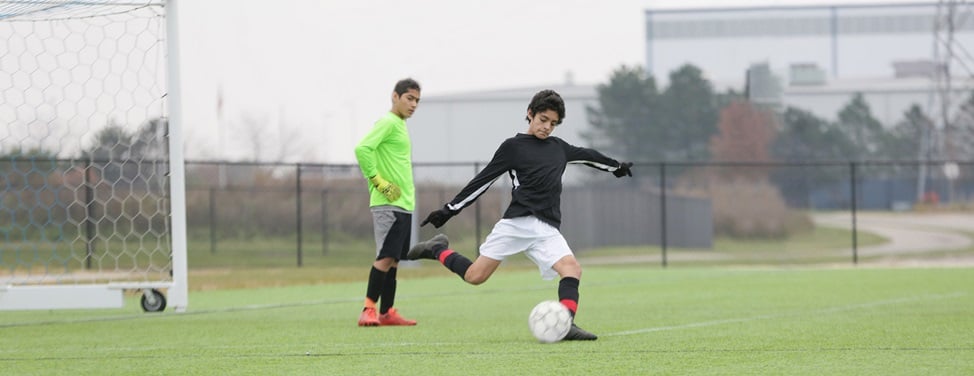Thomas Clennell is a UCSF physical therapist specializing in pediatric sports medicine. He has helped young athletes from a variety of sports return safely to the field. Below, he offers answers to parents' most frequently asked questions about baseball and softball injuries.
What injuries are most common for kids who play baseball or softball?
Typically, injuries occur in the shoulder and elbow.
Most of the power for throwing should be generated from the legs. However, when kids have poor throwing mechanics, they tend to use their arms too much during the throwing motion. Because their skeletal system is still developing, the excess forces placed on the arm can damage or irritate the growth plates, causing conditions known as Little League shoulder and Little League elbow.
Growth plate injuries can occur until puberty, but stresses in these areas may continue to cause pain past puberty. In older kids, elbow pain can be due to injuries or insufficiency of the ulnar collateral ligament. Shoulder pain can indicate labral or rotator cuff injuries.
The common thread in all of these injuries is that they are caused by overuse and should be treated by a health care provider as soon as the pain starts.
How can we prevent arm injuries in children who play baseball or softball?
Most of these injuries are caused by repeated stress on the shoulder or elbow. The combination of poor throwing mechanics with year-round baseball or softball leads to more injuries in young athletes.
Studies show that the best injury prevention practices are:
- Warm up properly by stretching, running and easy throwing (increasing the intensity gradually).
- Play other positions besides pitcher.
- Adhere to pitch count guidelines.
- Avoid pitching in multiple games in overlapping sports seasons.
- Never pitch with elbow or shoulder pain.
- See a specialist for pain that persists.
- Don't play year-round.
- Refrain from overhead throwing of any kind for at least two months of the year.
My child always says, “I feel fine.” What signs of injury should I watch for?
Kids often don't admit to feeling pain because they want to keep playing. Instead, you might hear them complain of arm fatigue or soreness in a specific place.
Even if they don't mention any discomfort, stay alert for these potential signs of injury when your child throws:
- A more erect delivery
- Improper arm positioning, including low elbow height
- Poor or no follow-through
- Improper foot positioning on the planted leg
- Shaking the arm frequently between throws
Why is it risky to play through pain?
Playing through any shoulder, arm or elbow pain is bad for young athletes. The pain will likely result in a change of mechanics and can lead to more serious injuries. Encourage kids to pay attention to the message that pain is sending them and to view this respect for the body as part of being a good athlete.

































